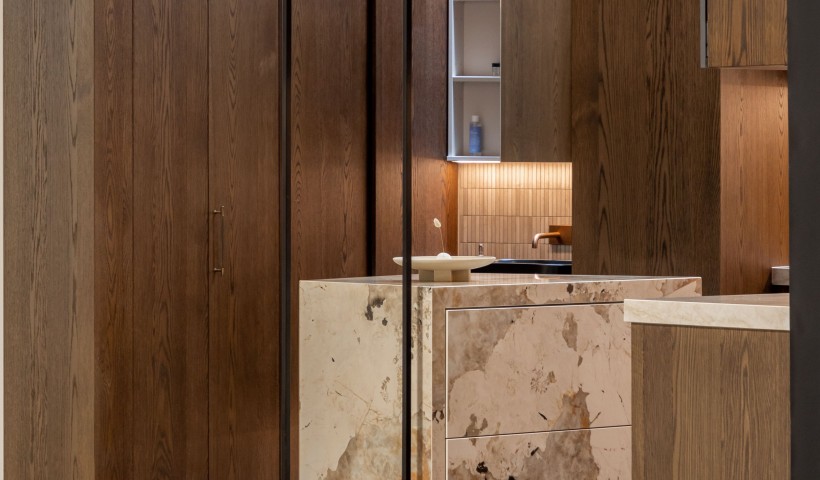
As manufacturers continue to develop new ways for products to slide, spin and swing, the application of the right kind of product ensures accessibility is, as it should be, par for the course.
There are four challenges in particular that can be met by the right product selection,
- Ability to access in the instance of manipulative impairment
- Opening and closing of drawers and cupboards with one hand
- Fridge access
- Limited clearance for cupboard door swing.
Easy access cupboards and drawers (and fridges)
Push to open functionality is a valuable consideration for instances of manipulative impairment. Not only does it allow for one-handed access, it often requires substantially less strength and control than a conventional pull handle.
This function can be found in both cupboard and draw systems, and alongside an effective soft-close, cupboards and draws can be open and closed with relatively little influence from the user. This is an obvious gain for accessibility.
Look for solutions that can be retrofitted on existing cabinets, used with built-in fridge freezers, to maximise opening angles and longevity. A combination of available product hardware should enable designers to apply push to open systems with soft close to every kind of cabinetry in the home.
Reduce (or remove) door swing
Utilise sliding or bi-fold doors where possible to reduce the clearance required for door swing and allow the most manoeuvrability in small spaces.
Again, the benefit of a sliding or folding door is the ability to open and close with relatively little force from the user when coupled with a push to open and soft close in the smallest of spaces.
A good choice in hardware offers a broad range of design solutions for an accessible kitchen that meets New Zealand building standards while maintaining a high design aesthetic for the homeowner.













 New Products
New Products










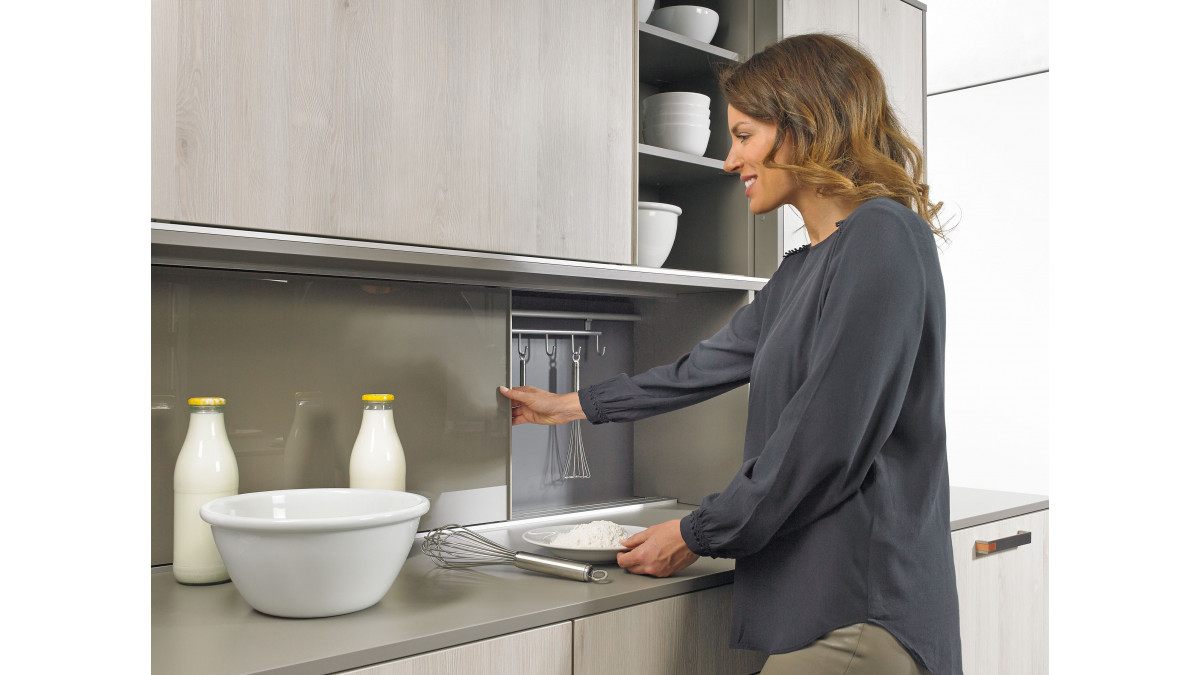

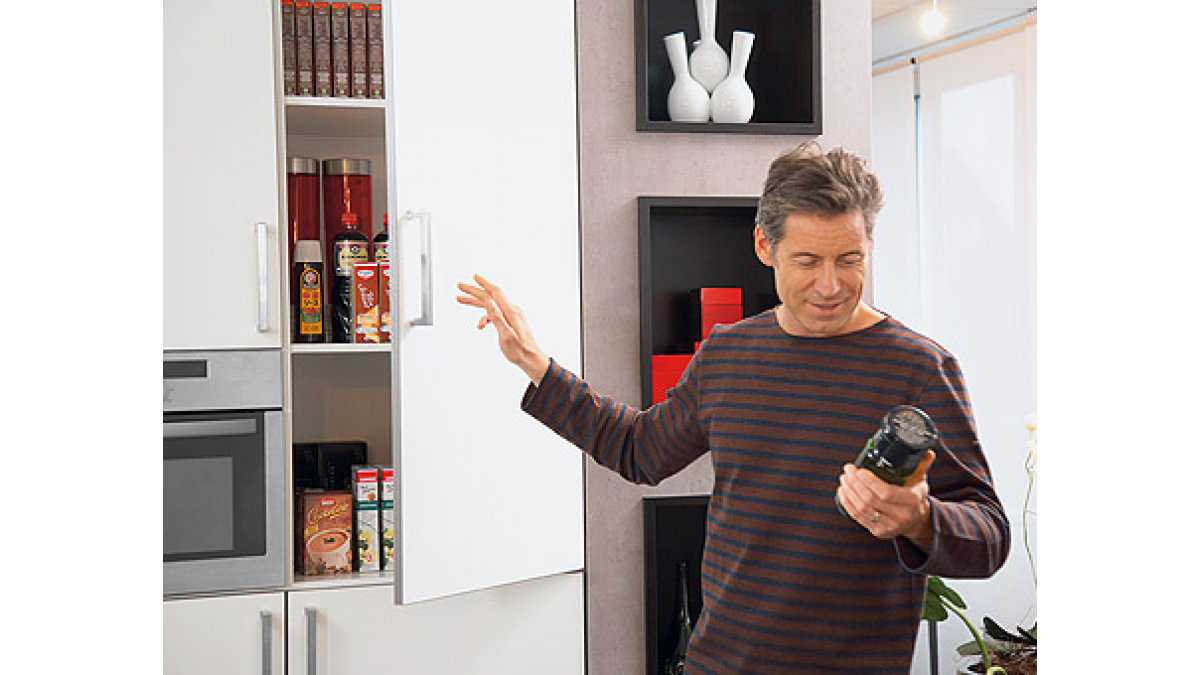



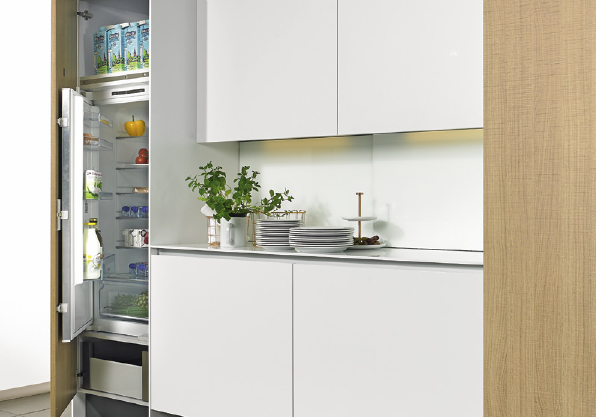

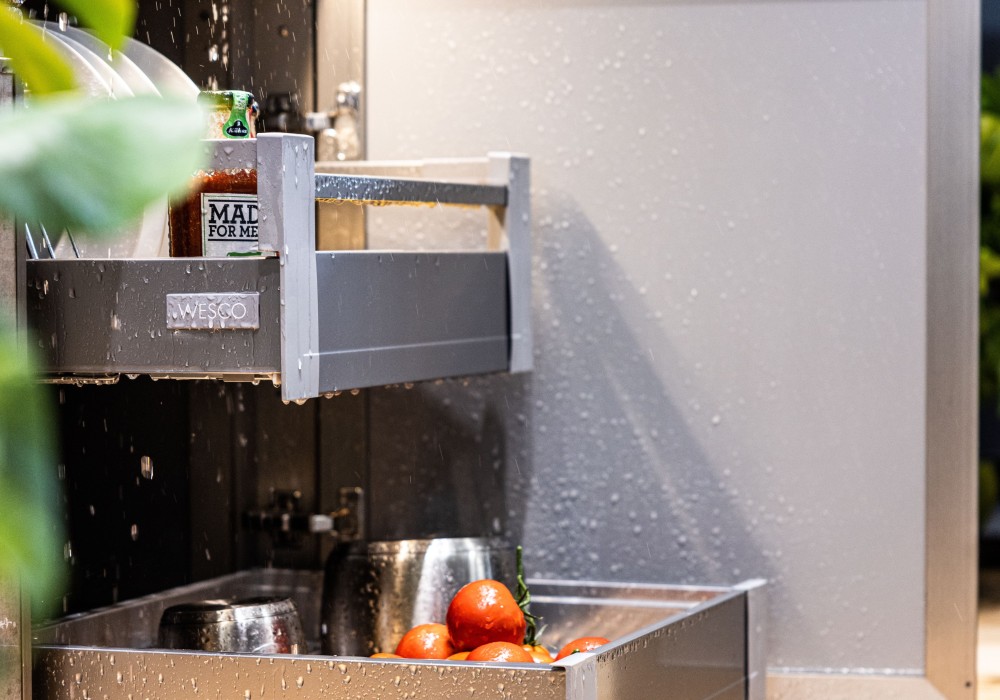

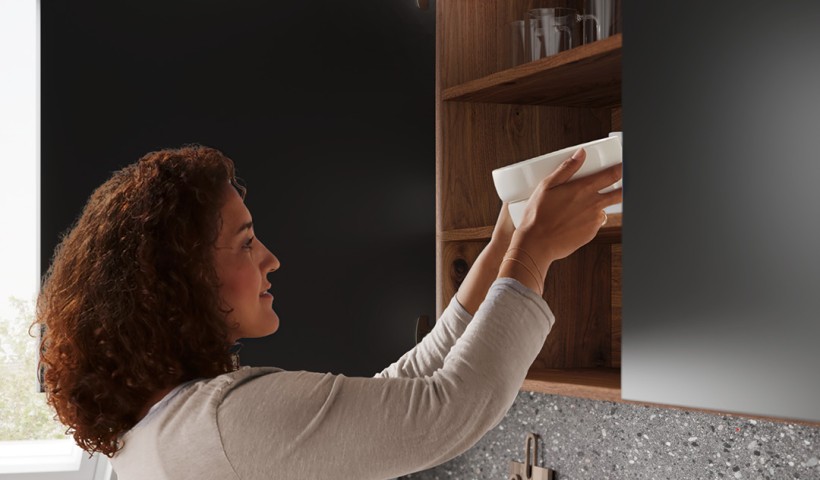
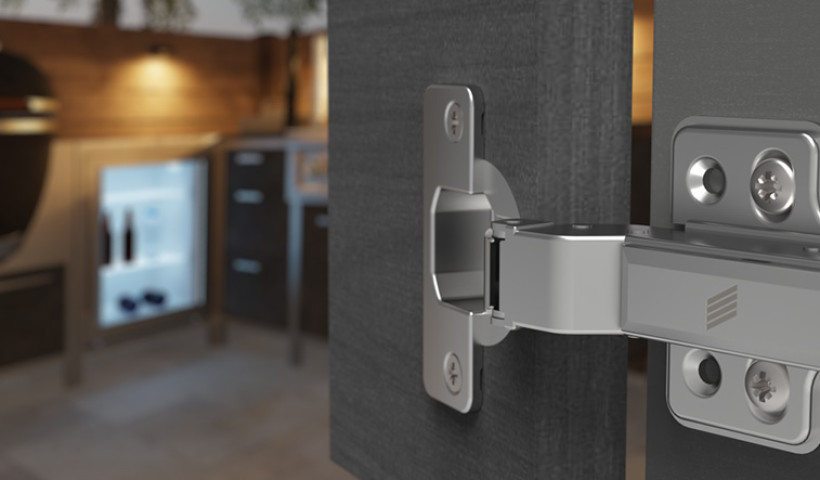
 Popular Products from Hettich
Popular Products from Hettich 


 Most Popular
Most Popular


 Popular Blog Posts
Popular Blog Posts
